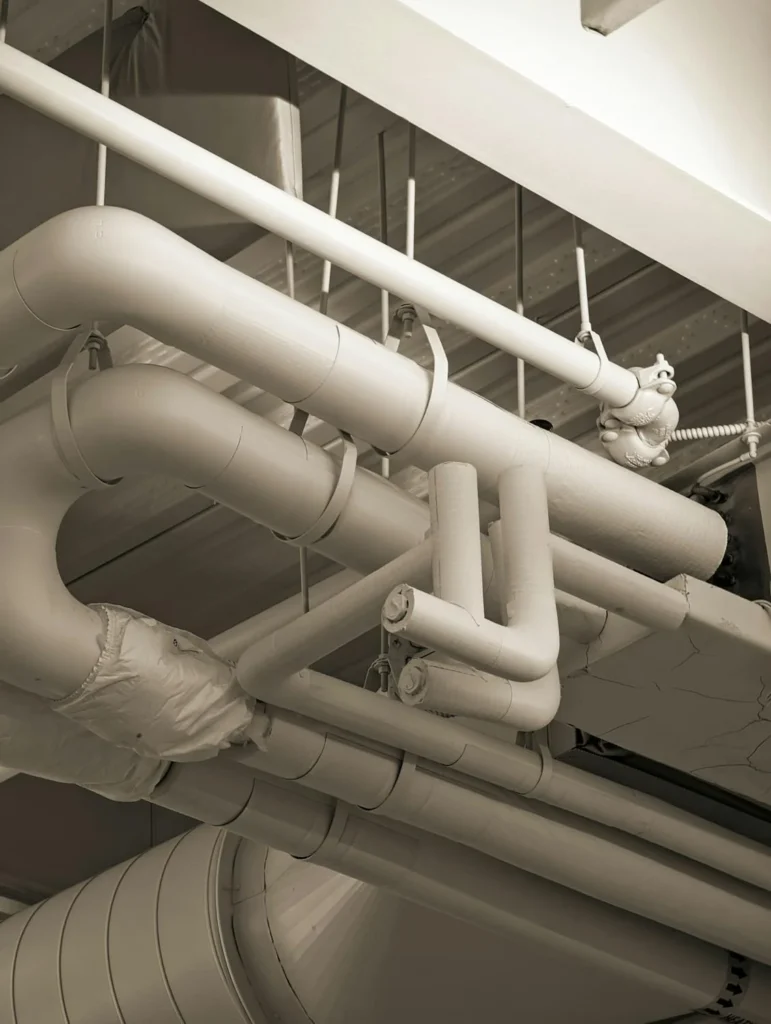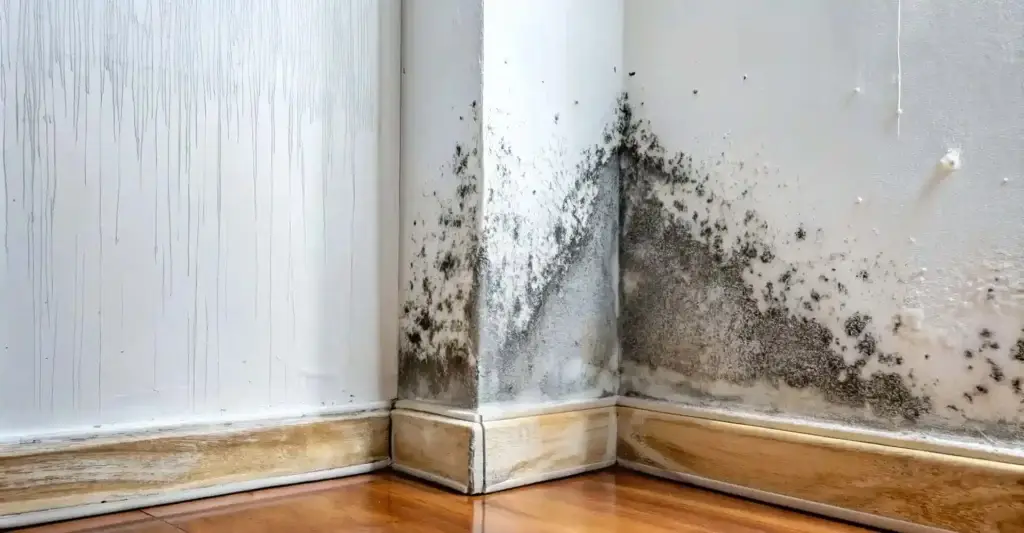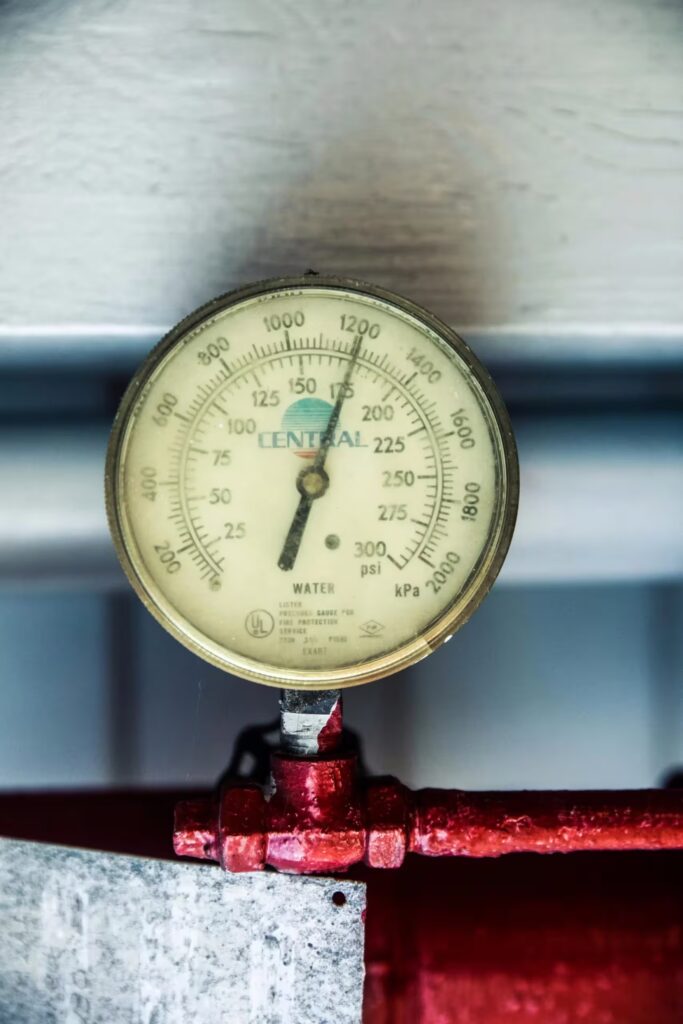If you do notice mould in your property, it’s vital that it’s dealt with quickly and correctly. There is a lot of information about removing mould and a lot of it is also misleading or just not accurate.
Following the wrong advice could result in at best, a waste of time, and at worst, further damage and costs. Avoid these common myths should you come across mould within your property. Taking the right course of action, the first time will not only save you time and money, it will also help protect the safety of everyone that enters into the property.
So, what are the six myths about mould removal?
1. You can’t see it, so it must be gone
Mould is a type of fungi, meaning that it has roots and spores. When mould is present on porous materials, you only see the surface of the mould. Its roots are penetrated the surface and not visible. This is why removing only the surface mould is ineffective – the whole spore, including the roots, needs removing to stop it growing back.
If you don’t know how to remove mould from walls and other surfaces correctly, it can be very difficult to kill the root. To guarantee results and eliminate the risk, you should rely on professional mould removal experts like us. We utilise advanced technology combine with industry leading cleaning chemicals to guarantee results.
The airborne spores must also be successfully removed. But, they are not visible to the human eye which makes it difficult to deal with. However, with the use of HEPA-vacuums and ULV foggers, it is possible to eliminate these airborne particles whilst removing mould during the service.
2. Bleach kills mould so I can do it myself
You may be tempted to attempt to remove mould yourself and your first thought may be to head straight for the bleach. But this could end up being a costly mistake! Removing mould can be a diffiuclt process. Bleach cannot penetrate porous materials; it sits on the surface. But the water within the bleach can.
This means that the surface mould is removed while the water from the bleach penetrates the surface. This will potentially exacerbating the mould growth, rather than killing it. Mould requires high levels of moisture to grow, so in effect you will be giving the mould exactly what it needs to grow and spread.
This is exactly why we strongly advise against DIY mould removal and recommended that you hire a professional. A professional survey will help identify the root cause of your issue as well as recommendations on how to resolve it. The mould removal service will remove all traces of mould, spore and root as well as sanitising your property.
3. Only black mould is harmful
A quick internet search for mould, black mould and toxic mould will bring up a whole host of health horror stories. And it’s easy to be overwhelmed by the information and fear the worst. While not all harmful mould is black, not all black mould is harmful.
If you’re worried about the different types of mould you may have, specific tests can confirm which strain it is. And, any reputable mould remediation provider will be able to perform this test. There are various types of mould in homes and other properties. Without reliable testing it is impossible to accurately determine what types of mould are present. It is also impossible to therefore know the effects of mould on your health. Removing mould as soon as you first notice signs is the safest option, regardless of the colour.
4. After professionally removing mould, it won’t come back
While a professional mould remediation company may be able to get the spore levels down to virtually zero at time of completion of the treatment, it will not stay at this range. As soon as a door or window is open, the levels will begin to increase. Mould spores are in the air all around us. The important part is that mould spore levels are kept within an acceptable range and unless the cause of the mould has been remedied, the likelihood of it returning is high.
To eliminate the risk of mould returning in your property, your focus must be on addressing the root causes. Mould requires a few things to grow:
- Moisture
- Oxygen
- Food
- Warmth
- Darkness
A professional mould survey will help you identify what is causing the growth to occur by identifying the contributing factors. Reducing moisture levels and increasing the amount of ultraviolet light in your property are two recommendations that could stop mould coming back. But, without first identifying the root cause it is impossible to eliminate the issue. We recommend you discover the root cause before just removing the mould.
5. Your property will be 100% mould free following mould remediation
Mould spores naturally occur in the air and are completely normal. They help the breakdown of organic matter and are a vital part of decomposition. They travel in the air and enter your premises every time you open a window or a door and this isn’t a problem. The problem occurs when the mould spore lands on a moist surface and is then able to grow. Excess moisture is the number one controllable factor that contributes to mould growth.
So, by reducing the amount of moisture/ humidity within your property you will also be reducing the chance of mould and fungal growth. The important thing to remember is to focus on the things you can change or impact. Increasing air flow will help remove humid air and opening curtains and blinds to let in more UV light will make it more difficult for mould to take root and grow.
6. There must be a leak or standing water
While it is true that excess moisture needs to be present for mould growth, it doesn’t necessarily have to be from a leak or standing water. Condensation and damp can also cause a significant amount of mould growth. It is the excess moisture that causes it to grow, not the specific source of the moisture.
Identifying the cause of the excess moisture can be difficult without the help of experienced professionals. If you identify signs of a leak and believe that is the likely cause of the mould growth, it is still a good idea to hire a leak detection specialist. They will be able to provide you definitive proof of the leak. They may even be able to fix it the very same day. With the cause of the excess moisture dealt with it makes it a simple and straightforward process when removing mould from within your property.
Conclusion
Discovering mould in your property can cause an unwanted headache. However, with the right professional advice and approach, the cause can be fixed and the mould cleaned and gone for good. If you need support with an infestation of mould within your property, please contact one of the Ideal response team who will be happy to help.





















